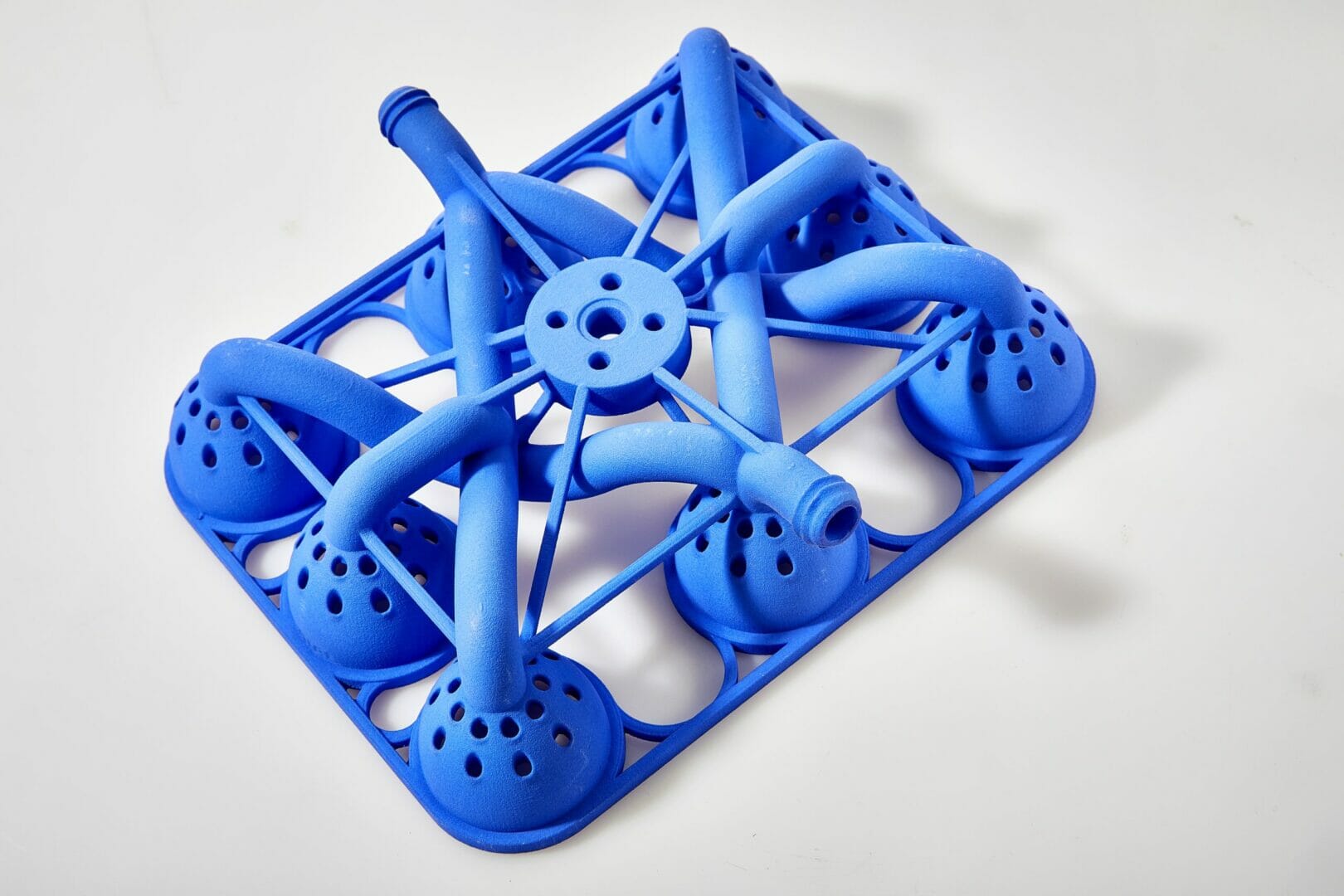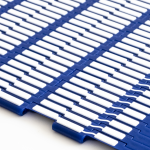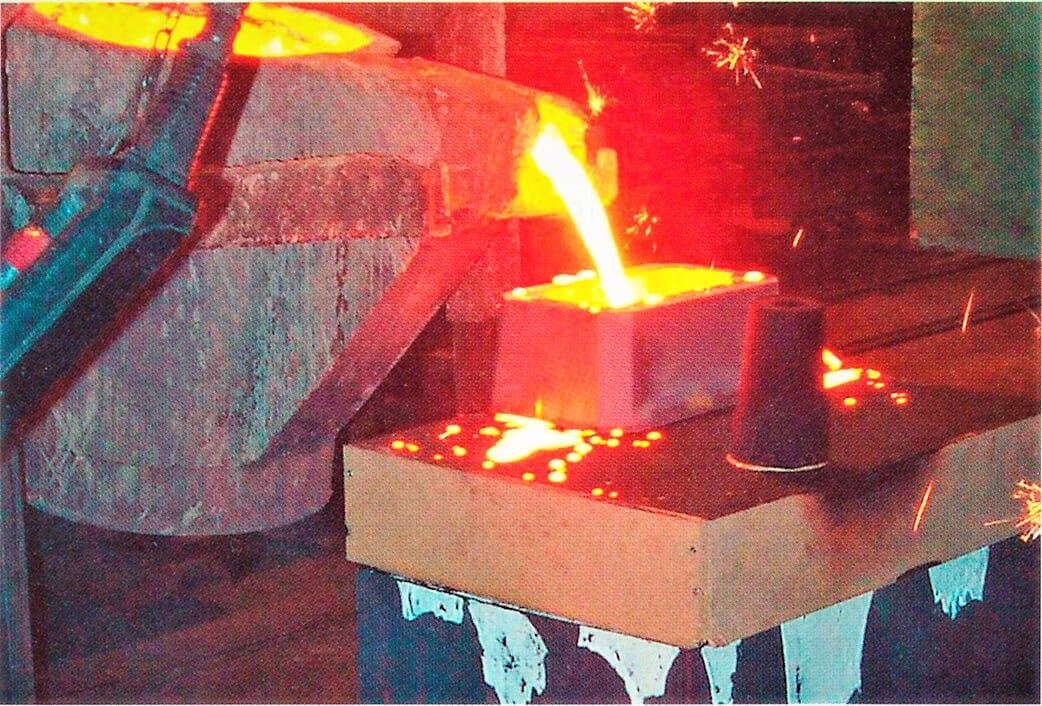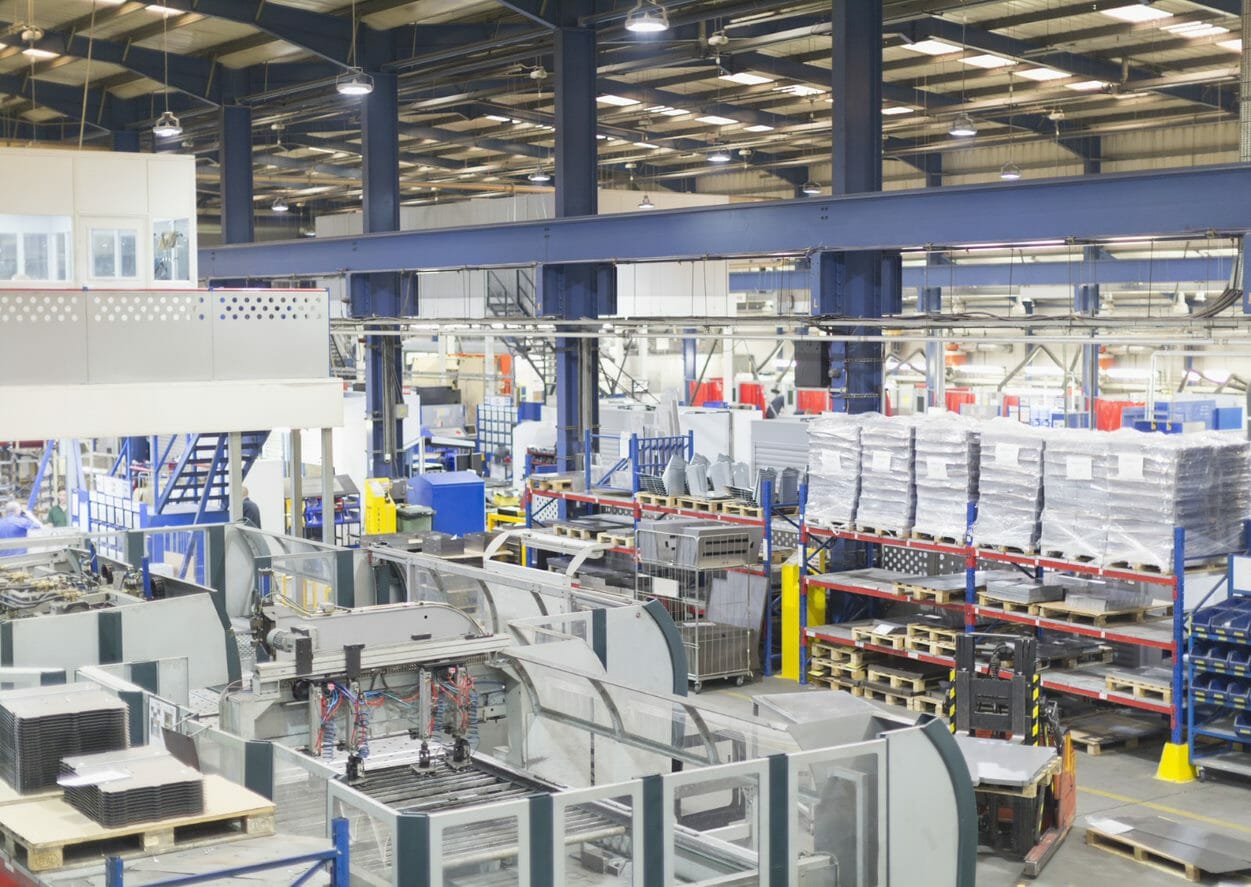Not all polymer 3d printers were born equal. You may be familiar with rough surface finishes, poor material options and run-of the-mill, low-quality prototypes, but the Additive Manufacturing (AM) industry has taken huge strides in material and machine development since the first polymer 3d printers came on the scene in the 1980’s. The number of technologies that now fall under the 3d Printing (or AM) umbrella and the quality of these is constantly increasing, as is the opportunity to use 3d printing for production components too.
Polymer 3d printing is now regularly used to create robust engineering solutions for aerospace, automation, automotive, medical, and many other industries. Industrial-grade machines using laser sintering to additively manufacture components are among the most common used for serial production of AM parts. The beauty of this technology (laser sintering) is the absent need for support structures and the subsequent minimal requirement for post processing and finishing of parts. The result is a greater surface finish and part quality direct from the build process.
The automotive industry is making large transitions in exploiting additive manufacturing and all the benefits it has to offer, with many car manufacturers making huge investments to bring the technology in house to develop and produce parts faster. Due to the fact there is zero tooling needed for 3d printing, the inherent design freedom allows for rapid iteration of prototypes as well as smaller batch production, without the high cost of moulding on in applications where the number of vehicles being produced is lower – examples of this being supercars, hypercars and race cars (Formula 1 etc.).

There are also many other instances where 3D printing can be used to improve a design and reduce its complexity for manufacture. For example, in robotic grippers where the ability to integrate complex channels alongside fixture areas and touch points for the objects to be picked reduces the need for assembly and complex machining strategies. This means that channels can be designed for functionality rather than machinability. Moving parts and part marking can also be built in to designs to reduce the need for further assembly or etching/tampography once a part has been manufactured.
With the technology and materials now on offer, polymer 3D printing opens many doors to companies looking for solutions to complex design needs, tighter lead times, and cost reduction. AM is now an appropriate solution for serial production challenges that other technologies present and further machine and material developments will continue to disrupt conventional manufacturing as time goes on.
Prototal UK, based in Newbury, have been 3D printing polymer parts and helping customers to exploit the benefits of the technology in a high number of applications for over 20 years. For more information visit www.prototaluk.com
Written by: Victoria May, Sales & Marketing Manager at Prototal UK








